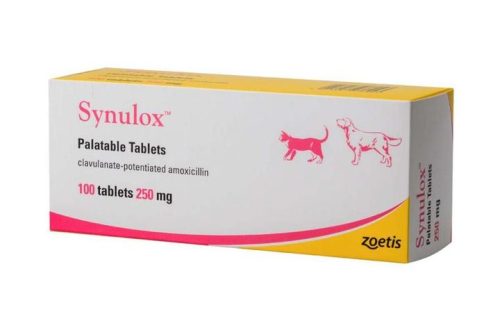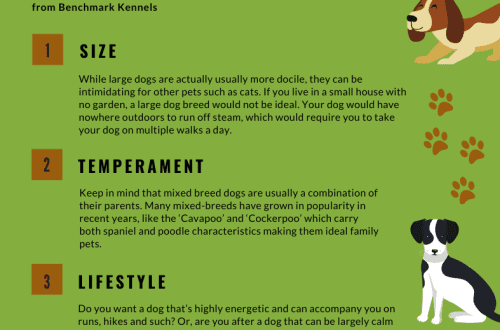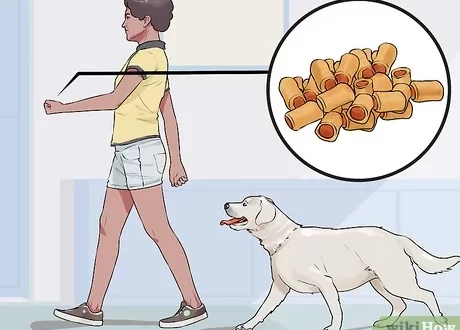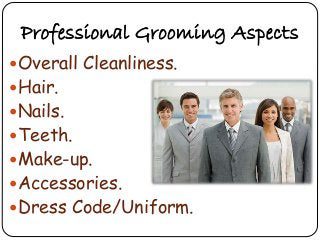
What is professional grooming
In itself, the concept of grooming is very everyday and we all do it regularly, without knowing about such a term. Even going to the hairdresser is also grooming.
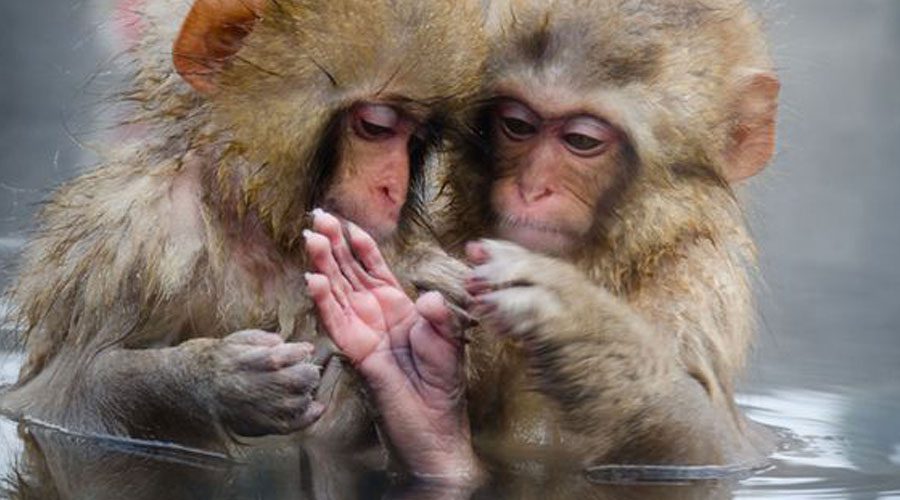
In general, grooming is a set of activities for cleaning the hair of one animal by other animals. For example, a person washes a dog, cuts its claws, a cat licks its kittens, one monkey cleans the coat of another. Grooming is most pronounced among primates – monkeys are most sensitive to the coat, cleaning sticks, twigs, bugs, removing ticks.
Every pet is groomed. It doesn’t matter the type of animal, its size (whether it’s cleaning a tortoise shell or washing a horse). What we do at home is called pet grooming.
Contents
What is professional grooming and how does it differ from what we do at home?
Most often, the services of professional groomers are turned to because of the specifics of certain breeds and the associated difficulties in care. Wash the coat, comb out, clean the eyes, cut off excess hair, clean the ears, tidy up the claws and appearance of the animal. This is the same pet grooming, only done in a salon or by a specially trained person, to make life easier for both the animal and its owner.
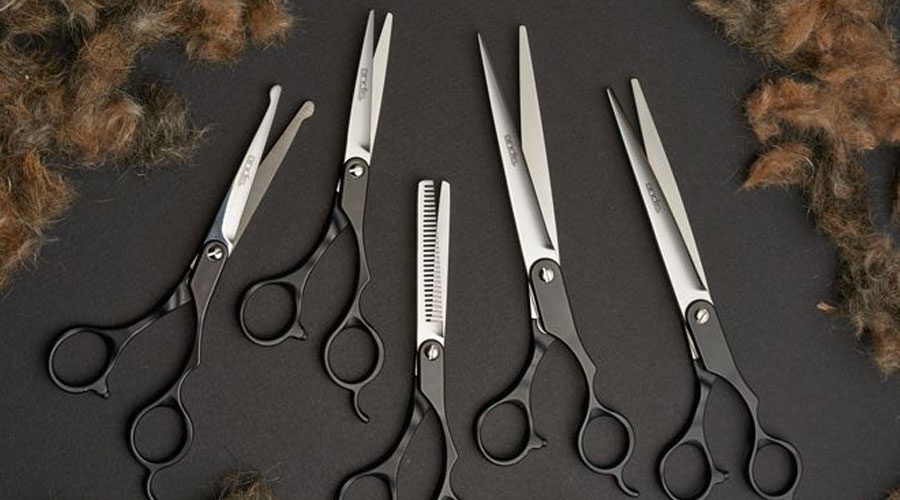
What is show grooming
There are two types of show grooming:
- mandatory
- hidden
The concept of mandatory grooming involves preparing the appearance of the dog (exterior) to breed standards. Most often this is the FCI standard when it comes to Eurasia. For example, if the breed standard states that the dog should have a rounded head (for example, the Bichon Frize), then the dog should be prepared for the exhibition in this way. After all, the bichon’s coat itself does not lie like that, therefore, before entering the ring, the dog must be groomed in this way.
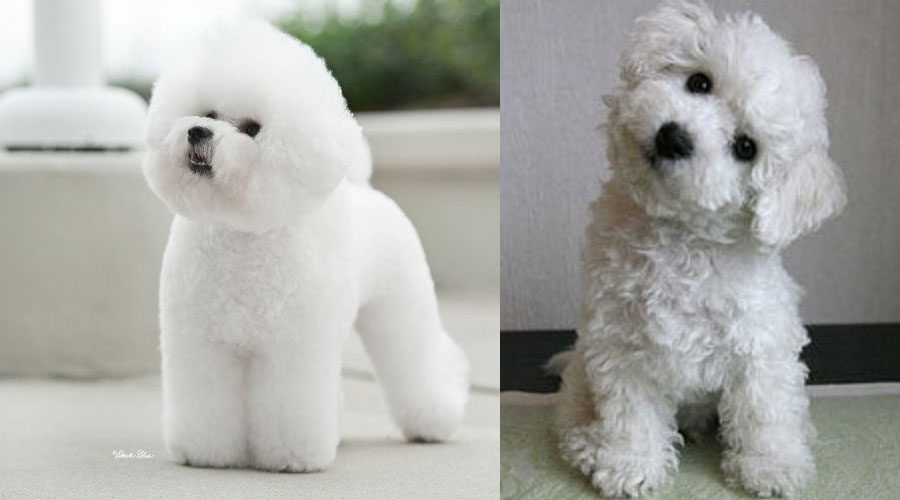
Therefore, mandatory grooming is the grooming that is prescribed in the breed standards. And only in this way a groomed dog can enter the ring for examination.
Covert grooming, the second type of show grooming, is undesirable. But exhibitions themselves are a show, and your task is to prepare for the exhibition in such a way that your dog is close to ideal. And even if such training involves hidden grooming, then you have every right to use it. Another question is, if you are disqualified for this, the expert will figure out your cunning and kick you out of the ring, but here the claims should not be against the judge and not against the dog, but against the groomer who prepared your pet. After all, hidden grooming is hidden, so that no one can distinguish it.
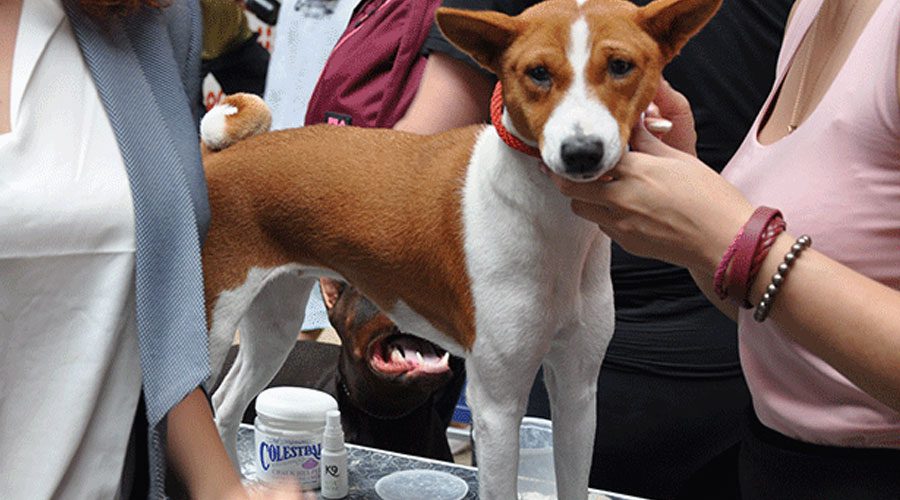
Hidden grooming is used not only for those breeds that must be groomed for the show, but also for those breeds in which the standard states that they cannot be sheared at all. For example, among Caucasians it is very common. Thus, a competent groomer can slightly emphasize the desired angles, muscles, shoulders, and form the correct silhouette.
In addition, smooth-haired dogs are also subjected to hidden grooming: bull terriers and even beagles are sheared, again to create relief and emphasize lines and angles, highlight hocks, and remove excess hair sticks. It is also undesirable to tint wool, some bedsores, spots, etc. However, if you come to any exhibition, you will see a picture that is opposite to the prescribed rules.
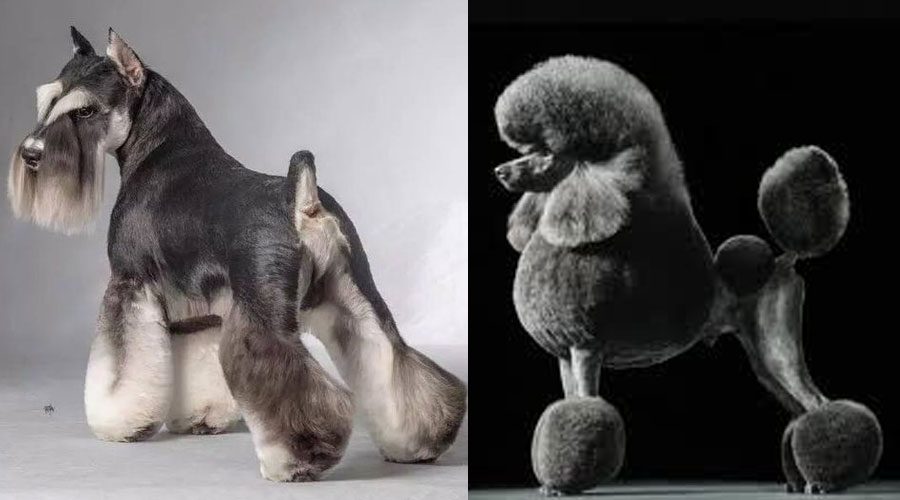
The common goal of all professional grooming, both covert and show, is to create the perfect dog. How we achieve this is already our problem. And it is very difficult to talk about whether grooming is necessary for an exhibition or not, since, we repeat, any exhibition is a show and the dog must be prepared for it.
If you are strictly against hidden tricks and for honesty, then you still have to have the minimum grooming required for the ring. The requirements for a show dog include: cleanly washed hair, trimmed nails, brushed ears and teeth, so that the expert, opening the dog’s mouth to check the bite, is not horrified by the picture. And although the breed standard does not state that a dog does not have the right to enter the ring with plaque or tartar, this is already a banal respect for an expert. And, of course, a small plus in the assessment of both the owner and the dog.
Show Grooming for Smooth Coated Dogs
The coat must be clean washed, the dog must not be dusty, with clean ears and teeth. If the dog is dirty, unprepared, you will be lowered in the ring.
For smooth-haired breeds, light grooming with scissors and a machine is used. Shaving the neck, cheekbones, chest, hind limbs, clipping the hocks to highlight and give them volume. There are far fewer options in grooming smooth-haired breeds, since it is impossible to hide the general structure of the dog from the expert.
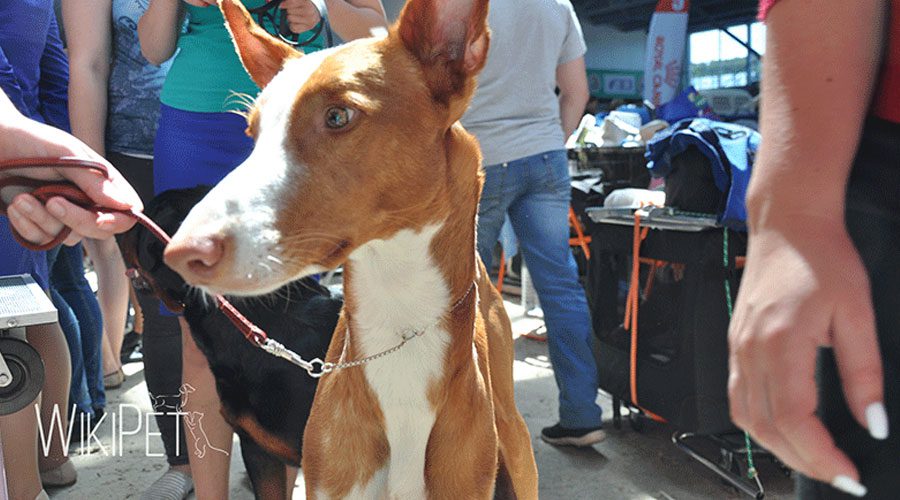
Show grooming of gestures (wire-haired dog breeds)
Grooming for hard-coated dog breeds is considered the most difficult. Even pet grooming of gestures is done by a few, not to mention professional preparation for the show.
In 90% of cases, professional groomers prepare wire-haired dogs by constantly rolling (this is the plucking of hair) certain areas of the animal’s body. And this is done not before the show, but regularly, every month throughout the life of the animal. Thus, a correct, pedigree anatomy pattern is created.
If the dog is neglected and has not been properly groomed for a long time, then full trimming is carried out, up to skin exposure. Again, after full trimming, the dog cannot be exhibited immediately, it needs time to restore its coat, and the groomer to further prepare by rolling. This process takes several months, depending on the physiological characteristics of the dog.
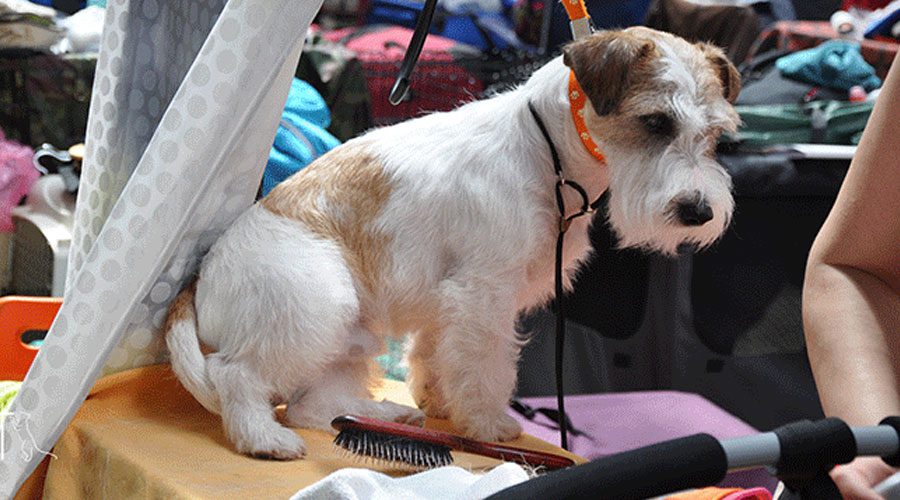
Show grooming for long haired dogs
Long-haired include Maltese, Yorkies, Shih Tzu, etc. For groomers, long-haired dogs are much easier to prepare than gesticulations. The wool is thoroughly washed and packed in a special wax paper, which is then removed, the wool is again moistened, oiled, and packed again. That is, the dog does not run around the house and does not play the role of a panicle, and the wool is always neatly packed in papillottes (bags).
They unpack the hair curlers just before entering the ring, straighten them, create a piping right on the spot with tongs (or prepare the piping at home in advance) and knit the so-called “top note” or in simple language – a bow (for small long-haired breeds). Putting a bow on the head opens the dog’s eyes, which makes it easier to examine the dog. 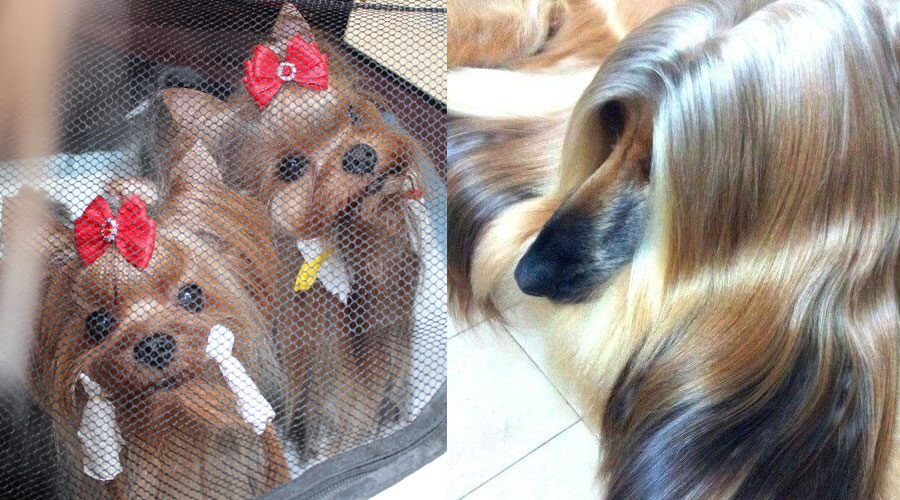
Show grooming of semi-longhaired dogs
Collies, Caucasians, Pyrenean Sheepdogs and other breeds of dogs whose hair does not reach the floor. They are washed, combed, plucked. Grooming in such breeds is more often aimed at creating volume in thin dogs, or vice versa, removing excessively protruding hair for full ones. Only a truly professional groomer can “cut” the shoulder, back corners, etc. And, of course, only a true competent expert can notice all this. Usually for such breeds, a clean and slightly profiled coat is quite enough.
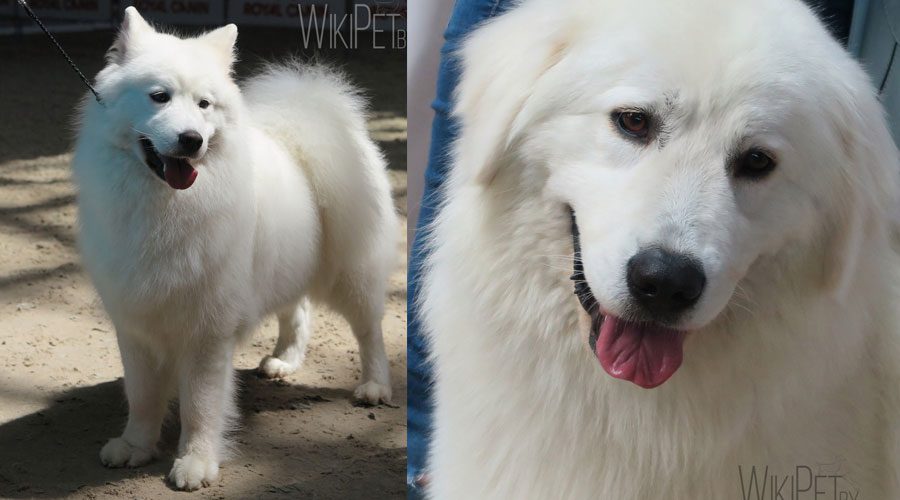
American and European grooming
European grooming is something you see regularly, from show to show. American is not like any grooming. It is insanely effective and very complex.
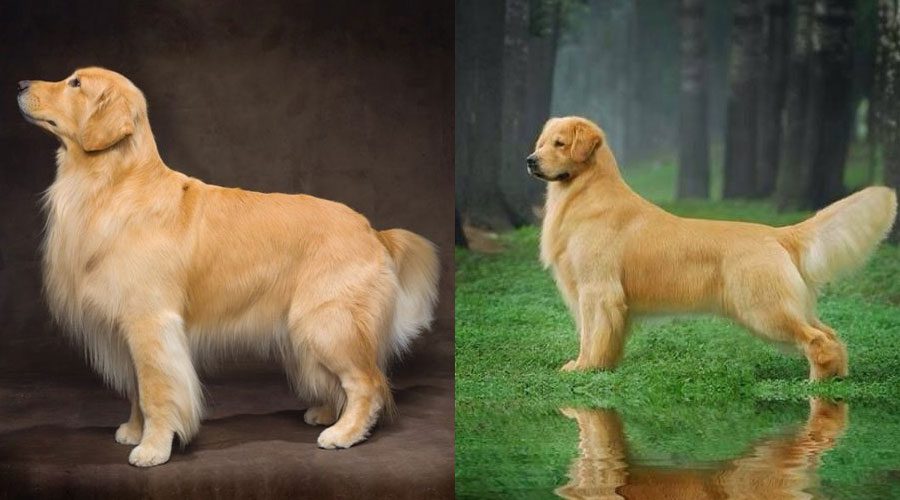
For example, in American Golden Retrievers, the coat actually reaches the floor, almost like a Yorkie. It is clear that there are both vitamins and selection, but it is special care that plays the main role. Unfortunately, in our rings such grooming is considered unacceptable. And if somewhere at a small exhibition you make an impression on an expert, then at CACIB such a dog may face disqualification.



